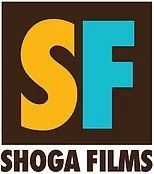Why “Smoke, Lilies and Jade”?
Our previous #QueerHarlemRenaissance short, #CongoCabaret, depicted a gay-friendly cabaret described in the 1928 novel, Home to Harlem. I now want to turn my attention to the other important gay prose piece coming out of the Renaissance, “Smoke, Lilies and Jade.” SL&J was written by a talented young dilettante by the name of #RichardBruceNugent, the most openly gay writer of the Renaissance. His story is the first positive depiction of same-sex desire in American letters. For that reason alone it is remarkable, but it’s also beautifully written. As a rediscovered classic of early gay writing, it has been cited, mentioned and featured in all sorts of ways. Rodney Evans‘ film Brother to Brother. #IsaacJulien #LookingForLangston. #indiefilms #seedandspark
When we shot "Congo Cabaret," we interviewed the actors about the project, and they all professed astonishment that there was a queer presence in the Harlem Renaissance. "I didn't know," was the refrain. We have clips from interviews with Karen Obilom (@karenobilom), Darryl Stephens (@darrylstephens), Russell Richardson (@iamrussellr), Julio Marcelino (@juliobyme), Kevin Daniels (@kevindaniels27), and Parisa Fitz-Henley (@parisafitzhenley.
Recent Posts
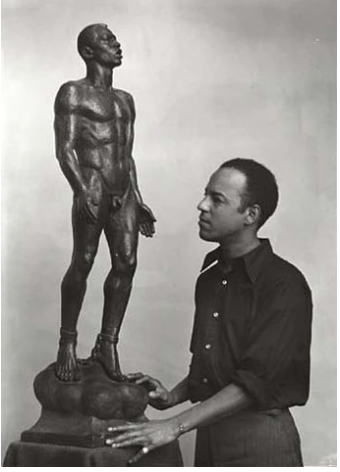
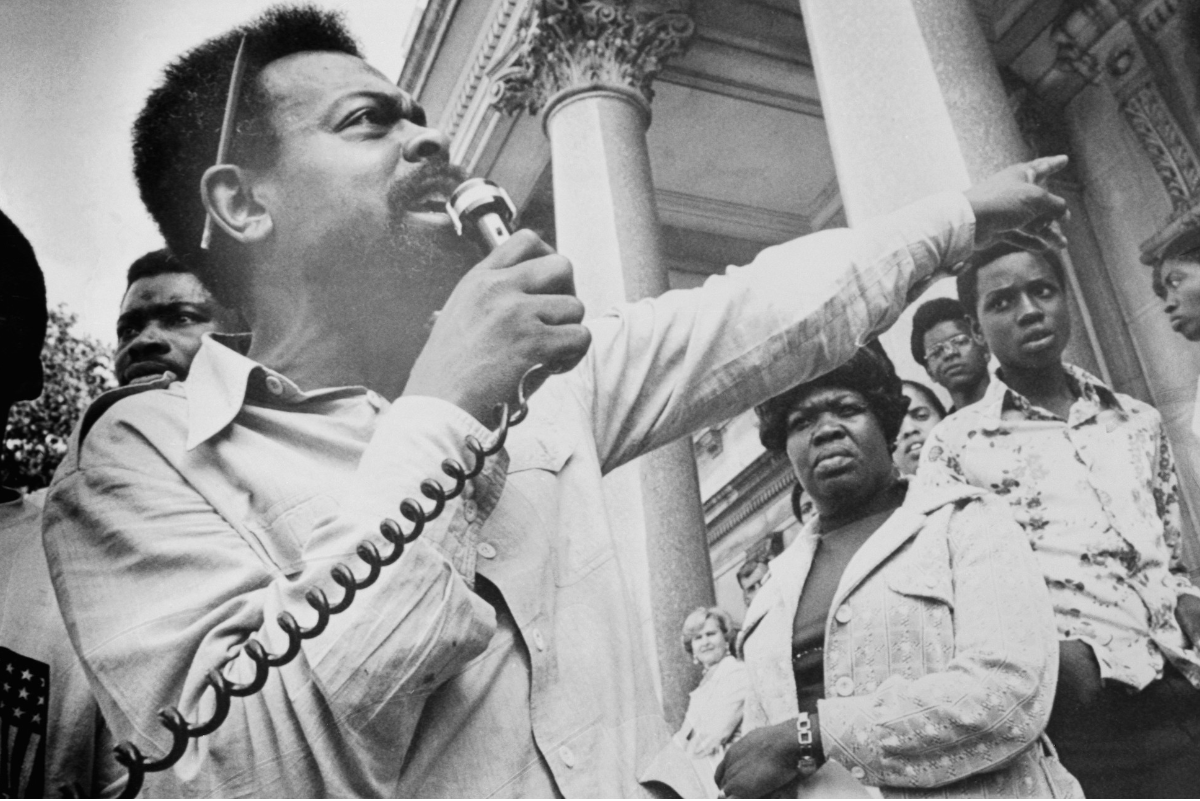
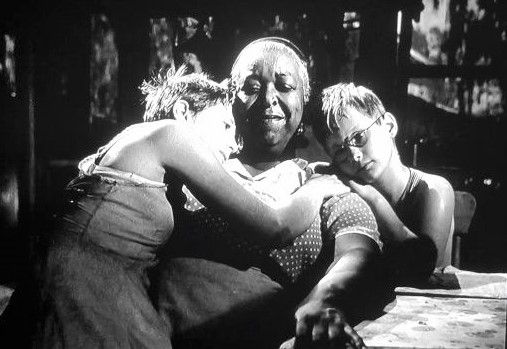
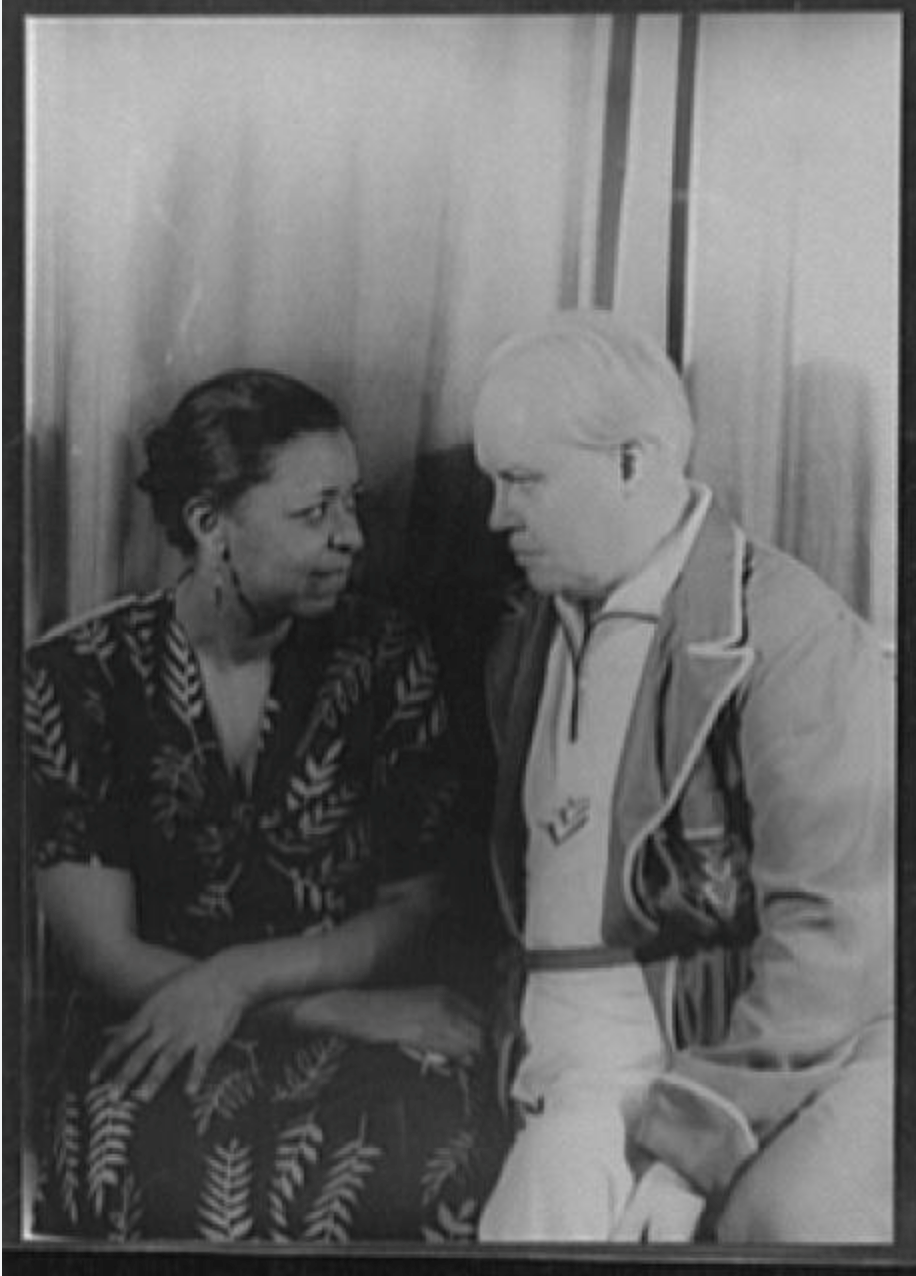
SHOGA FILMS is a 501(c) (3) non-profit production and education company. We create multimedia works around race and sexuality that are intended to raise awareness and foster critical discussion.
Contact Us
All Rights Reserved | Shoga Films
Stay Connected
Thanks for subscribing!
Please try again later.

